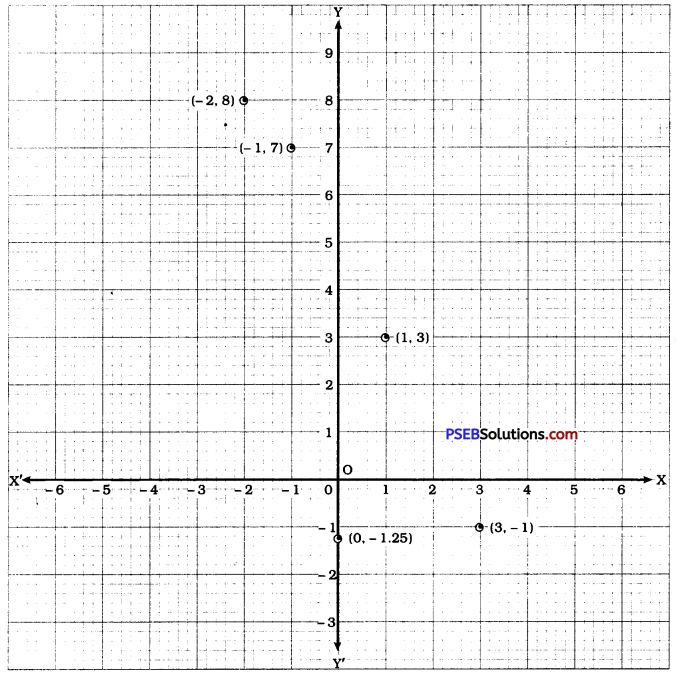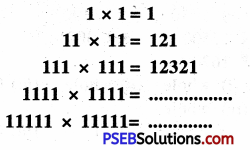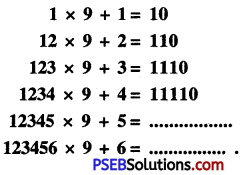This PSEB 6th Class Science Notes Chapter 16 Garbage Management and Disposal will help you in revision during exams.
PSEB 6th Class Science Notes Chapter 16 Garbage Management and Disposal
→ Any substance which is no more useful is called waste.
→ Solid waste is called garbage. It is generated by human activities.
→ Garbage has both useful and non-useful components.
→ There are many types of wastes like industrial waste, domestic waste, agricultural waste, biomedical waste, etc.
![]()
→ Two types of garbage or solid waste are biodegradable wastes and non-biodegradable waste.
→ For proper disposal of garbage, we must do segregation before disposing of the garbage. We can do this by using differently colored dustbins.
→ To manage the waste there is the 4R’s i.e. reuse, reduce, recycle, refuse.
→ Some parts of the garbage can be reused.
→ Usually, garbage is collected and thrown in landfills.
→ Composting or vermicomposting can be done of useful components or biodegradable components of garbage.
→ Dry leaves, husk of wheat, and part of crops should not be burnt as they produce lots of smoke and harmful gases.
→ Red worms are good for vermicomposting of vegetable and fruit waste, coffee and tea leaves, weeds, etc. but oily, pickled, salty food, and milk products are not good for red worms.
→ Some types of plastics, paper, glass, and metal can be recycled.
![]()
→ Plastics bum with a foul smell and produce lots of harmful gases.
→ Plastic bags cause choking of drains and sewer systems.
→ Plastic bags eaten by animals are the cause of their death.
→ Plastic is useful as things made of them last long.
→ The incineration method releases harmful gases and causes pollution.
→ e-waste includes discarded mobiles or any electronic device.
→ Garbage: The solid waste is called garbage.
→ Dump: A large low-lying area used to dispose of garbage.
→ Landfill: A low-lying area to be filled by garbage is a landfill.
→ Biodegradable Waste: Waste material that can be decomposed by the action of microorganisms into harmless substances.
![]()
→ Non-biodegradable Waste: The waste materials that cannot be decomposed easily.
→ Incineration: The process of burning waste in closed containers.
→ Compost: The decomposition of organic material into useful material is compost.
→ Vermi-Composting: The method of preparing compost with the help of red worms is vermicomposting.
→ Gizzard: The teeth like hard structures present in red worms for grinding purposes is called the gizzard.
→ Recycling: The process of using a few materials, again and again, is recycling.











